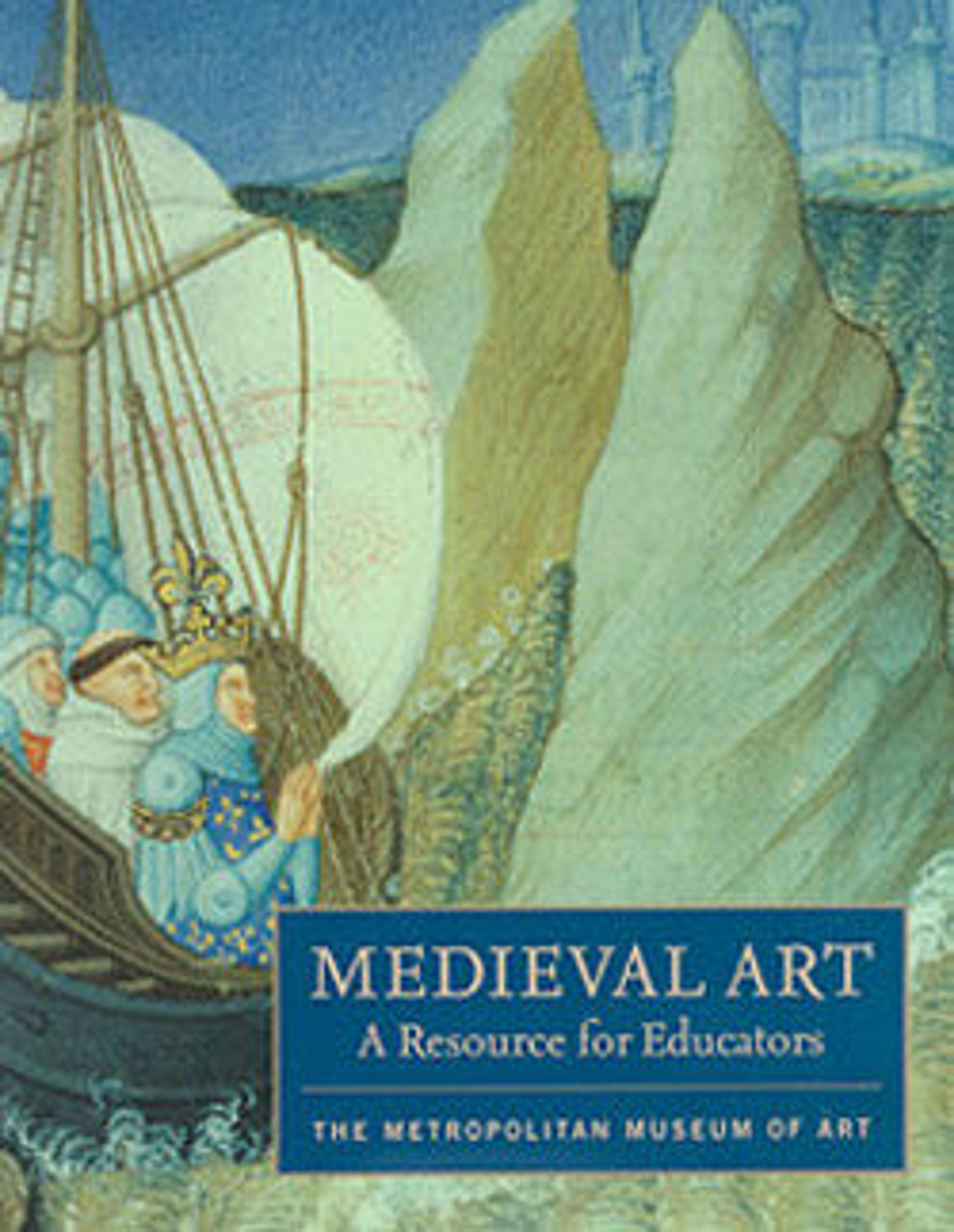Mount for Spear Shaft
This object comes from the Vermand Treasure, the most richly appointed barbarian-warrior grave ever found. The grave was likely that of an auxiliary soldier stationed in the Roman province of Gaul. It also contained a shield, parts of which of which are on view in the Arms and Armor Galleries. The six-pointed interlaced star, so prominent on this mount, was not at this time a Jewish symbol; it appears as a decorative motif in both Roman and Germanic art.
Artwork Details
- Title:Mount for Spear Shaft
- Date:ca. 400
- Geography:Made in Gaul
- Culture:Late Roman
- Medium:Silver-gilt, niello
- Dimensions:4 13/16 × 1 1/16 in., 1.446oz. (12.2 × 2.7 cm, 41g)
- Classification:Metalwork-Silver
- Credit Line:Gift of J. Pierpont Morgan, 1917
- Object Number:17.192.145
- Curatorial Department: Medieval Art and The Cloisters
Audio
2805. Three Mounts for Spear Shafts and a Belt Buckle
0:00
0:00
We're sorry, the transcript for this audio track is not available at this time. Please email info@metmuseum.org to request a transcript for this track.
More Artwork
Research Resources
The Met provides unparalleled resources for research and welcomes an international community of students and scholars. The Met's Open Access API is where creators and researchers can connect to the The Met collection. Open Access data and public domain images are available for unrestricted commercial and noncommercial use without permission or fee.
To request images under copyright and other restrictions, please use this Image Request form.
Feedback
We continue to research and examine historical and cultural context for objects in The Met collection. If you have comments or questions about this object record, please contact us using the form below. The Museum looks forward to receiving your comments.
